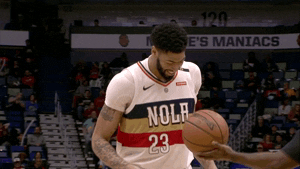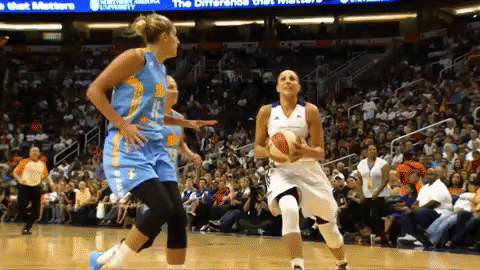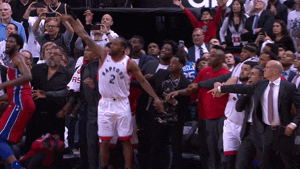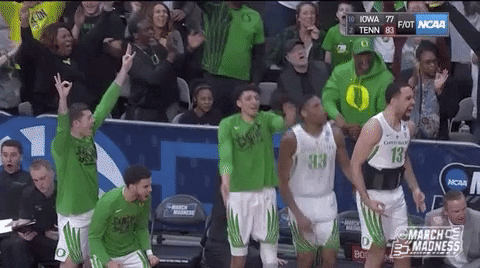Women's March Madness is attracting record levels of investment
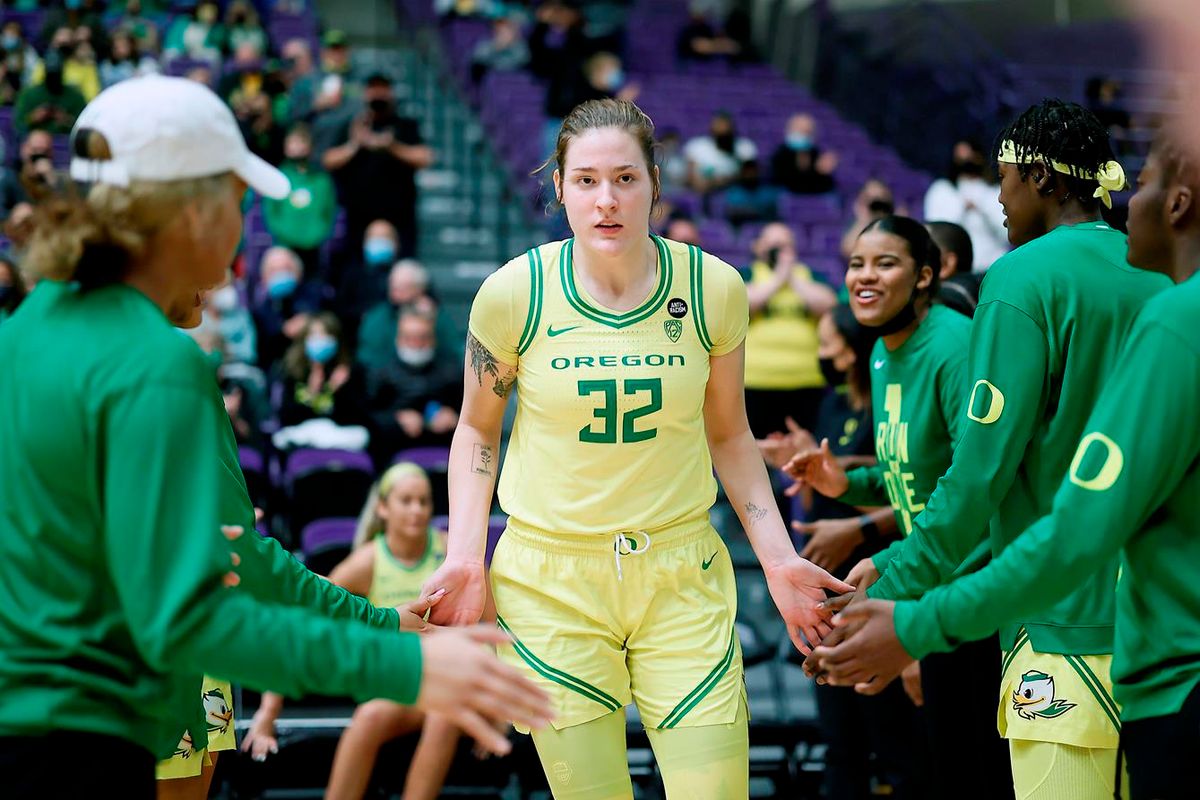
🔙 The backdrop
Sedona Prince’s TikTok was the straw that broke the camel’s back. Her 37–second video not only documented the vast difference in the men’s and women’s weight rooms during the 2021 NCAA basketball championships, it also exposed a history of sexism in college sports that has left women’s athletics consistently underfunded and undervalued.
Public outrage prompted the NCAA to undergo a gender equity review that same year, and to no one’s surprise, the findings weren’t pretty. According to the review, the NCAA didn’t have a system or infrastructure in place to ensure gender equity, and its habits proved as much.
- As an example, if you divided the NCAA’s Division I (DI) championship budgets by the number of competing athletes during the 2018–19 season, the organization spent $4,285 per male player and just $2,588 per female counterpart.
The NCAA’s business practices were also flawed. It didn’t consider women’s sports to be revenue-producing (*rolls eyes*), and consequently undervalued the value of women’s sports’ TV contracts.
- For instance, outside of men’s March Madness and the College Football Playoff, 24 other NCAA championships were sold in a bundle to ESPN for $500M in 2011, including women’s March Madness broadcast rights.
- This sale significantly underestimated the value of women’s tournament rights, given that these are worth $81 – $112M on their own.
The findings of the review were a wake-up call for the NCAA, which followed up with some major business changes. For the first time last year, the women’s tournament finally enjoyed equal branding with its male counterpart — it was able to use the title “March Madness,” and both Final Fours have either “Men’s” or “Women’s” in the official name.
- The update created inclusive branding and provided the women’s tournament with one of American sports’ most valuable marketing assets. It also increased name recognition for fans, and business opportunities for advertisers. Boom.
📈 The impact
Once the NCAA gave women’s basketball the opportunity, they took it and ran with it. Women’s March Madness set all kinds of records last year. Nearly 5M people watched the final, which became the most-watched college women’s hoops game since 2004, while the tournament averaged 634K viewers per game, up 16% from 2021.
- Women’s March Madness also set a new attendance record for the first two rounds (217K) and for the Final Four (48K), while overall merchandise sales climbed 11.6% from 2021. And finally, South Carolina broke the NCAA women’s hoops record for apparel sales within an hour of taking home the trophy.
The trend is continuing this year. Regular season TV viewership increased 11% from 2022, while ESPN’s broadcast of South Carolina–LSU became the most-watched college women’s hoops regular season game since 2010 with 1.5M people tuning in. But…no one watches women’s sports.
- Broadcasters are finally airing women’s hoops on well-known TV channels and during desirable times, and, to no one’s surprise, the networks are reaping rewards. The South Carolina–LSU game was promoted as an additional big game on Super Bowl Sunday, while this year’s March Madness championship game will be on ABC.
Sponsors, of course, have taken note. ESPN sold all of its advertising inventory a few weeks before the women’s tourney tipped off both last year and this year. And now that college athletes can sign name, image and likeness (NIL) deals with companies, the gals have taken advantage of the opportunity.
- Among all athletes competing in last year’s Sweet 16, UConn’s (now injured) Paige Bueckers and Louisville’s Hailey Van Lith earned the most per social media post. Bueckers’ posts were worth almost $63K on average, while Van Lith’s were worth $44K a pop.
🛑 The roadblocks
While the college basketball gender gap is closing, room for improvement remains. Look no further than the NCAA’s revenue distribution program: the college sports organization will dole out $638M to DI schools in funding and support this year, but $171M will be distributed based solely on how schools performed during men’s March Madness.
- Change might be on the way, though. In January, the NCAA approved recommendations from a reform committee, who suggested that the organization consider gender equity, other sports and sponsorships when retooling the revenue-sharing model.
The NCAA still hasn’t budged on the college basketball HC gender pay gap, though. South Carolina’s Dawn Staley is the highest-paid HC in women’s hoops, raking in $3.1M a year. However, the top five men’s basketball HCs all collect significantly more, with top earner John Calipari of Kentucky earning more than double the salary of Staley.
🆕 The evolving landscape
The times are definitely a-changin’. Women’s March Madness is poised to break even more records this year, which is sure to support the argument that the tournament’s TV rights should be sold individually. A decision will likely arrive this year. The anticipation.
College hoops’ relationship with the WNBA is also transforming due to the NIL era. Junior Paige Bueckers missed this season with a knee injury, but despite being eligible to enter the W draft this year, she already confirmed she’s returning to UConn. Between the injury and the pandemic, Bueckers still has three years of NCAA eligibility.
- And she just might play every last one of those years. Experts estimate that she’ll rake in more sponsorship dollars as a college sports icon than as a WNBA rookie, and she may not reach those financial heights again unless she becomes a star in the pros.
- Others, though, believe that rising stars who are able to make a name for themselves before joining the WNBA will bolster the league’s profile with fans who are still unfamiliar with it. In other words? Watch this space.
